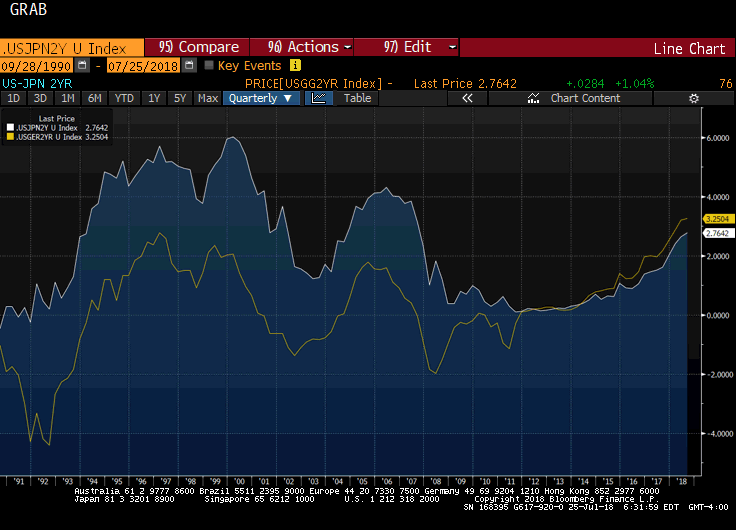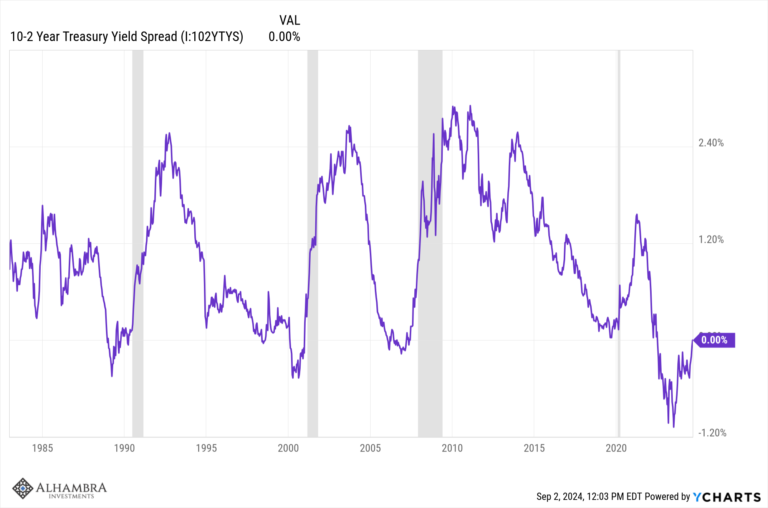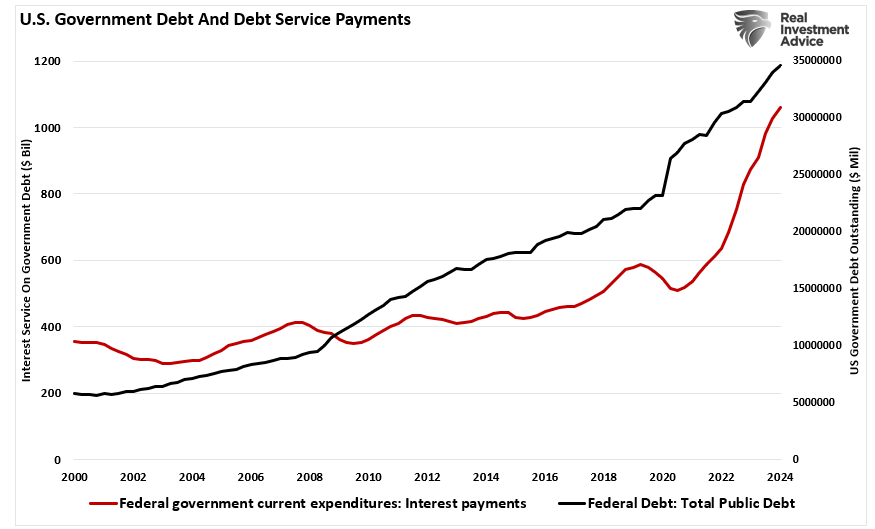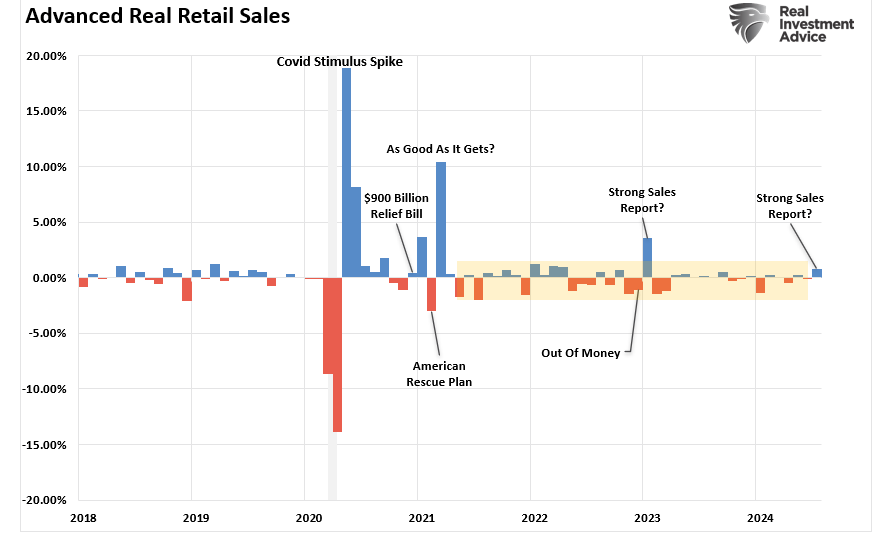A cry was heard last week when President Trump expressed displeasure with the Fed’s rate hikes. Some, like former Treasury Secretary Lawrence Summers, claimed that this was another step toward becoming a “banana republic.” Jeffrey Sachs, another noted economist, claimed that “American democracy is probably one more war away from collapsing into tyranny.”
The line that Trump supposedly crossed did not change investors’ expectation of Fed policy. Nor does it seem that the Fed’s independence was really violated. The President made it clear that although he preferred lower rates, he would let the Fed do what it thinks is right. This was not a repeat of Johnson or Nixon haranguing the Fed chair, or worse.
The October fed funds futures contract finished last Wednesday, the day before the President’s comments, at an implied yield of 2.145%. That is where it finished yesterday. Assuming a 25 bp hike in September (not at next week’s FOMC meeting), the new range would be 2.00%-2.25%, meaning that the average effective rate in October is expected to trade on the firm side of the new range.
The January 2019 fed funds futures contract is also unchanged from the close prior to Trump’s comments at 2.315%. Assuming a 25 bp hike in September and December would put the year-end target range at 2.25%-2.50%. The market has not fully discounted a December hike. It appears that almost 2/3 chance is reflected in current prices. Remember at the June FOMC meeting, it was the change of one member’s forecast that shifted the medina dot plot to favor two more hikes in 2018 rather than one, which had been anticipated in March.
| The two-year note yield has risen four basis points since last Wednesday to reach a new cyclical high near 2.65%. This feeds through to a wider premium over Germany and Japan as the Great Graphic above illustrates. The two-year differential between the US and Japan is the white line, while the yellow line depicts the US-German spread. Traditionally, the US premium over Japan is greater than the US premium over Germany, but this has not been the case since 2014 when the ECB introduced a negative deposit rate. The US premium over Germany has not been greater, while the US premium over Japan has returned to levels last seen before the Great Financial Crisis.
The wider rate differentials impact investment decisions and hedging cost. The wider short-term rate differentials also increase the cost of being short the US dollar more generally. Of course, there are other developments that could offset the rate differentials, like last year, where the outcome fo the French (and Dutch) elections sparked a return of asset managers to Europe and helped spur the euro’s recovery. In the first quarter, the euro and the US premium over Germany tended to move in the same direction (0.85, 60-day rolling basis). Since the start of Q2, the two have been moving in opposite directions. The inverse correlation was about -0.87 at the start of the month and is now near -0.50. |
Two-year differential between the US and Japan |
Similarly, the dollar moved in the opposite direction of rate differential against the yen through most of April but since then been positively correlated. The correlation was around 0.90 from mid-May through late June and is now near 0.76. Earlier this year, many Japanese asset managers seemed to be discouraged by buying US Treasuries because the cost of hedging was so high. According to the TIC data, after buying Treasuries in January for the first time in six months, Japanese investors returned to the sell-side and sold almost $35 bln of Treasuries in the Feb-April period. However, in May, they returned substantially, buying $17.6 bln of US Treasuries, the most since July 2017 ($23 bln), but surpassed all other months since November 2014.
The ECB meets tomorrow. The Fed and BOJ hold policy meetings next week. The ECB will not do anything, and Draghi’s comments are not expected to change from last month’s thrust. Underlying inflation is expected to firm. Risks to growth are broadly balanced. Interest rates will remain at their present level until at least next summer. Draghi may be pressed on this because when it was translated there seems to be greater ambiguity. As there is no ECB meeting in August, the timing seems to be either June/July on the one hand or September on the other. Perhaps the ECB will conclude that the ambiguity is desired or not harmful. No doubt Draghi will be questioned about trade tensions and Brexit-two downside risks.
The FOMC’s meeting is not live in the sense that there is a reasonable chance of a change in rates. Powell and Co. are not in any hurry. The impact from trade is expected to be modest overall, but individual companies and industries are vulnerable, as we have seen with recent announcements by appliance makers and sectors that use steel and aluminum inputs. The Fed’s confidence in the economy and its ability to achieve its goals can be expected to keep the market anticipating a September hike. Moreover, note that another tax cut package will likely be unveiled ahead of the November mid-term elections that include making permanent the household income tax cuts, a new tax-deferred savings vehicle.
The BOJ meeting has been the subject of much speculation over the past several days. The BOJ has been gradually reducing the among of bonds it is buying, but no longer do investors confuse this with tapering. Most of the focus has been on adjusting the target of the 10-year yield. While we suspect officials want to adjust the parameters of the program to make it more sustainable, we lean toward an announcement in October. Officials may prefer to let the markets stabilize and awaiting details about the US auto investigation, which is expected by the end of August.
Full story here Are you the author? Previous post See more for Next postTags: $EUR,$JPY,Great Graphic,Interest rates,newslettersent



































